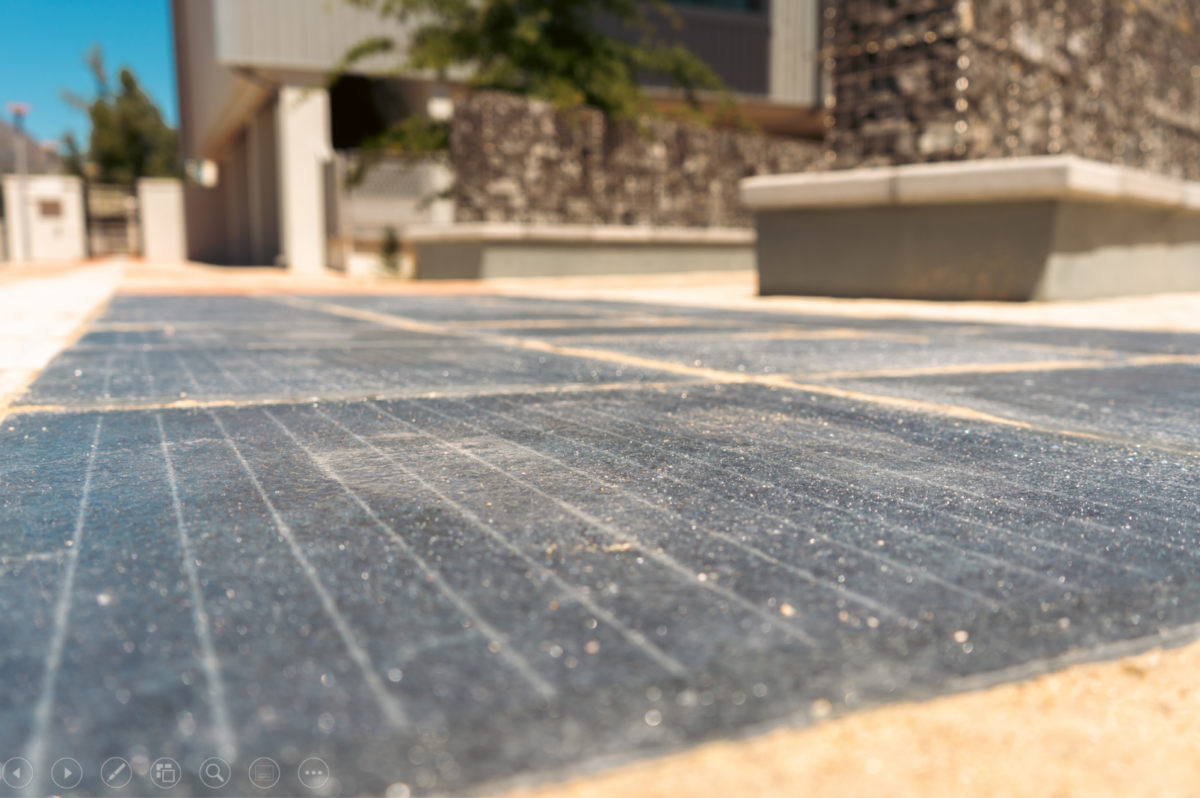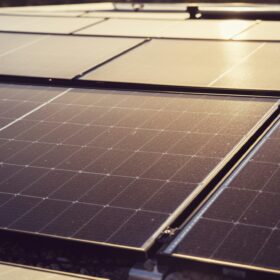The United States Court of Appeals for the District of Columbia Circuit ruled that a solar power facility’s alternating current (AC) size is the technical consideration that matters when determining Qualifying Facility status under the Public Utility Regulatory Policies Act of 1978 (PURPA). The case was filed by the Solar Energy Industries Association (SEIA).
The case focused on Broadview Solar’s Montana facility, which applied for an 80 MWac Qualifying Facility electricity contract with the state under PURPA guidelines. The facility was sized at 80 MWac / 160 MWdc of solar power, and 50 MW / 200 MWh of batteries. Broadview says the site will install 20 inverters, rated at 4 MWac apiece.
An initial ruling from the Montana Public Utilities Commission in September 2020 stated that the solar power facility should be based upon its direct current (DC) rating, (the same way solar panels are rated). Broadview argued that its peak grid output, determined by its inverters, is what should be considered. The commission realized this was a departure from previous logic, but they went with it anyway. Broadview appealed.
Montana’s state Supreme Court has ruled against the Commission’s apparent anti-solar biases before.
In March 2021, the Commission vacated its prior ruling, instead stating that the facility’s peak grid output was the motivation for PURPA’s legislation.
By this point, utility NorthWestern Energy, as well as a national utility lobby group that includes the Edison Electric Institute and a local utility, filed legal arguments stating that the battery should be considered to be a separate facility. This would effectively increase the facility’s output to 130 MW, disqualifying the plant from PURPA eligibility.
The court also stated that since the battery’s electricity only connects to the grid through the same 80 MW connection, it would not be considered to be a separate unit.
Another group argued that since one document had technically rated the solar inverters at approximately 82.5 MW (before electrical losses were considered), the project ought to be disqualified. The court disagreed with using the document, or the specific value, as the deciding value.
The aforementioned Montana state ruling set the default electricity purchase rate at $0.0383/kWh.
According to SEIA, Montana currently has 130 MW of installed solar capacity, meaning this facility will more than double the deployed capacity in the Treasure State. Looking ahead, SEIA expects over 1 GW of solar power is coming to Montana over the next five years.
This content is protected by copyright and may not be reused. If you want to cooperate with us and would like to reuse some of our content, please contact: editors@pv-magazine.com.








By submitting this form you agree to pv magazine using your data for the purposes of publishing your comment.
Your personal data will only be disclosed or otherwise transmitted to third parties for the purposes of spam filtering or if this is necessary for technical maintenance of the website. Any other transfer to third parties will not take place unless this is justified on the basis of applicable data protection regulations or if pv magazine is legally obliged to do so.
You may revoke this consent at any time with effect for the future, in which case your personal data will be deleted immediately. Otherwise, your data will be deleted if pv magazine has processed your request or the purpose of data storage is fulfilled.
Further information on data privacy can be found in our Data Protection Policy.